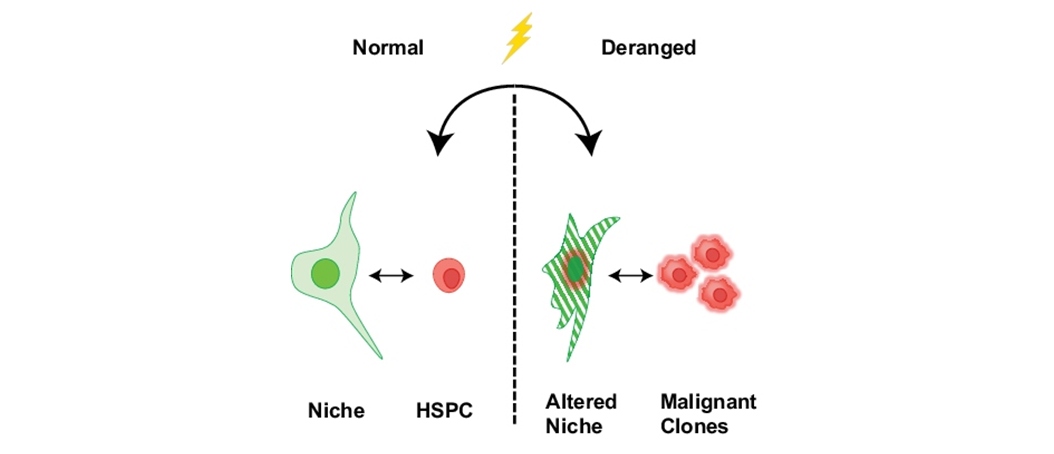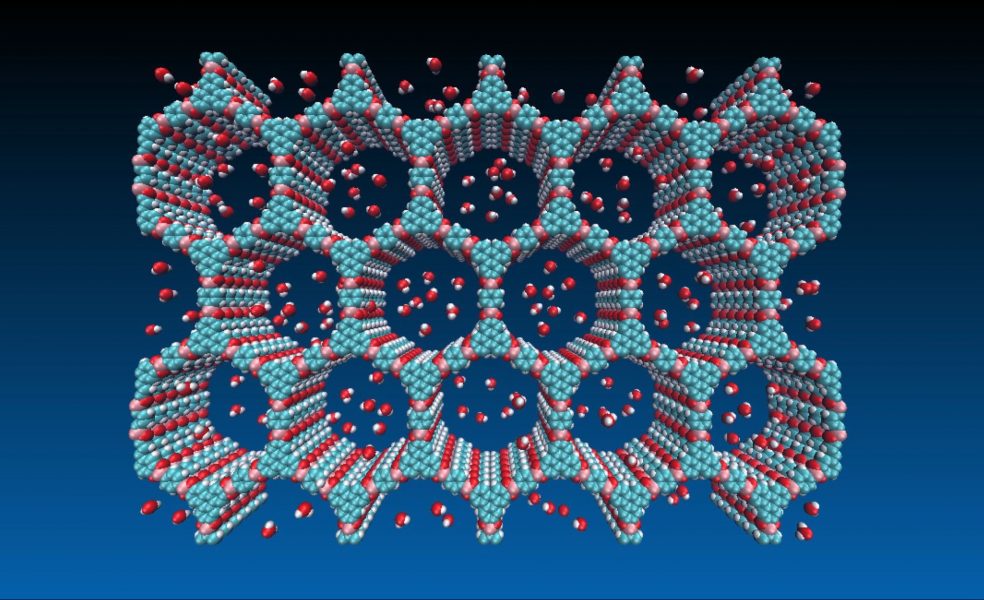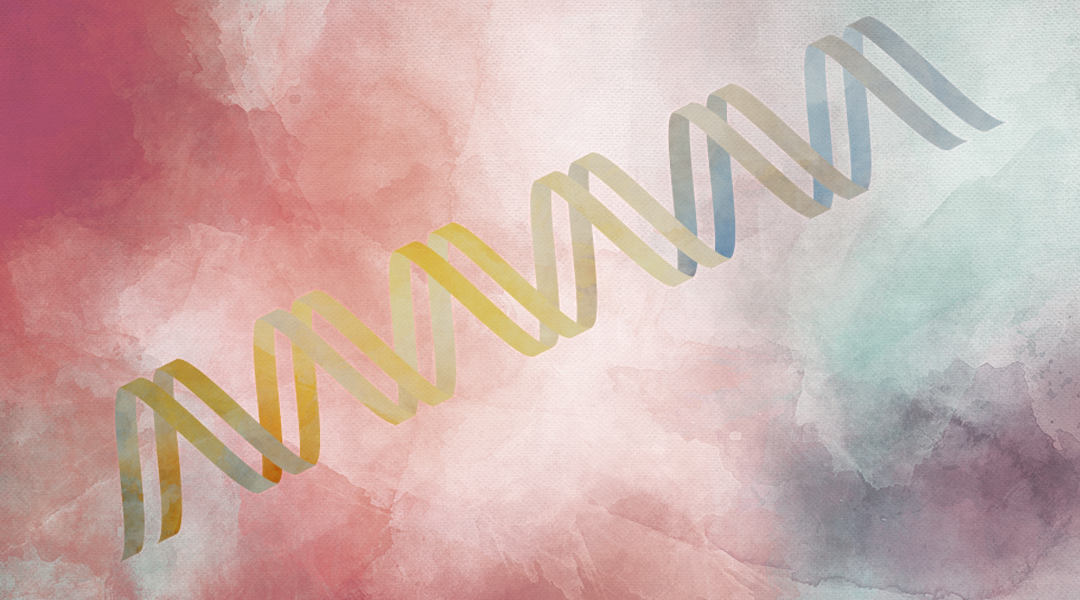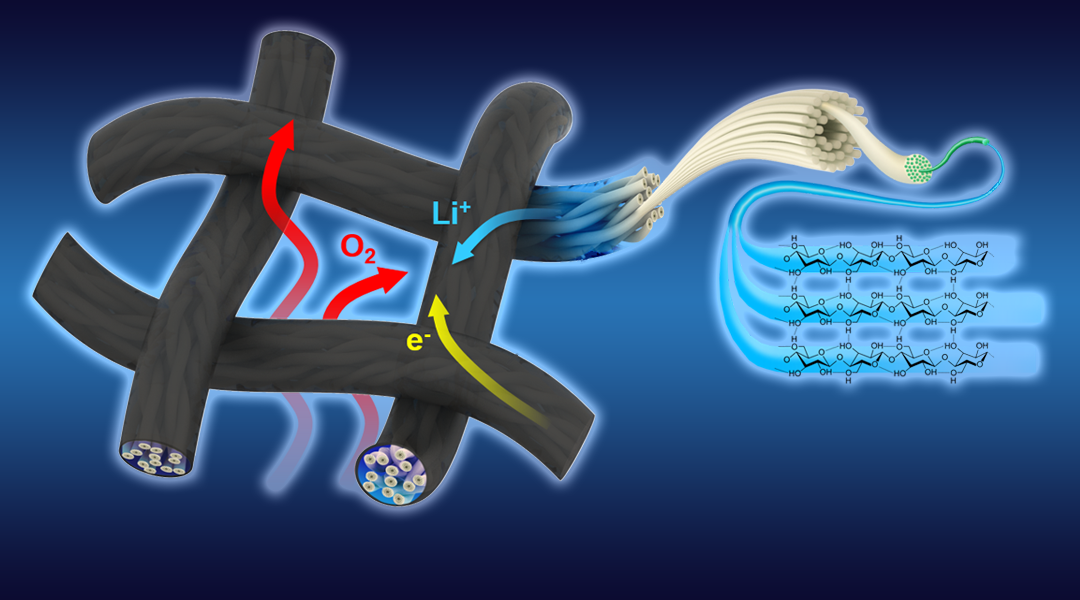Recent findings on the roles and identity of the bone marrow microenvironment and how these niches might be targeted in the case of diseases are discussed.


Recent findings on the roles and identity of the bone marrow microenvironment and how these niches might be targeted in the case of diseases are discussed.
![Two-Phase Coexistence in Organometal Halide Perovskites Induces a Superlattice [Video]](https://www.advancedsciencenews.com/wp-content/uploads/2018/03/adma.201705230_ASN_image.png)
The structure of organometal halide perovskites is elucidated, revealing a coexistence of crystal phases at room temperature that induces a self-organized superlattice.
![A Hybrid Hydrogel Ink for Smart Materials [Video]](https://www.advancedsciencenews.com/wp-content/uploads/2018/02/adfm201705365_ASM_image.png)
A functional hybrid ink for 3D-printed hydrogels is developed by Shlomo Magdassi from the Hebrew University of Jerusalem, Yi Long from Nanyang Technological University, and their colleagues. Their simple approach enables the printing of smart materials with high flexibility.
![A Detailed Study of Misfit Dislocations in Complex Oxides [Video]](https://www.advancedsciencenews.com/wp-content/uploads/2018/02/adfm201704437_ASN_image.png)
A team of researchers combine atomic resolution imaging and spectroscopic techniques to determine the structure of misfit dislocations in a perovskite-type heteroepitaxial system. The results shed light on the complex chemical behavior of misfit dislocations formed at the interface between two multinary oxides.

Improved control over synthesis process of iron catalysts leads to significantly increased number of reactive sites.

Scientists from the USA and from the Kingdom of Saudi Arabia use DFT calculations for investigating the hydrolysis of boronate ester-linked COFs.

Submit your abstract for NANO2018 conference at City University of Hong Kong by 28 February 2018.
![ZIF-Derived Bifunctional Air Electrodes for Rechargeable Zinc–Air Batteries [Video]](https://www.advancedsciencenews.com/wp-content/uploads/2018/02/adfm201705048_ASN_image.png)
A simple, inexpensive, and scalable method is developed to produce cobalt-nanoparticles-encapsulated nitrogen-doped carbon nanotubes (Co-N-CNTs) as bifunctional air electrodes for Zn–air batteries.

In their review in BioEssays, Karl Duderstadt and colleagues challenge the long-held view that DNA replication follows a single highly reproducible sequence of molecular events.

A novel flexible textile-based cathode with a unique triple-phased structure is presented, that shows improved non-competitive transport properties.